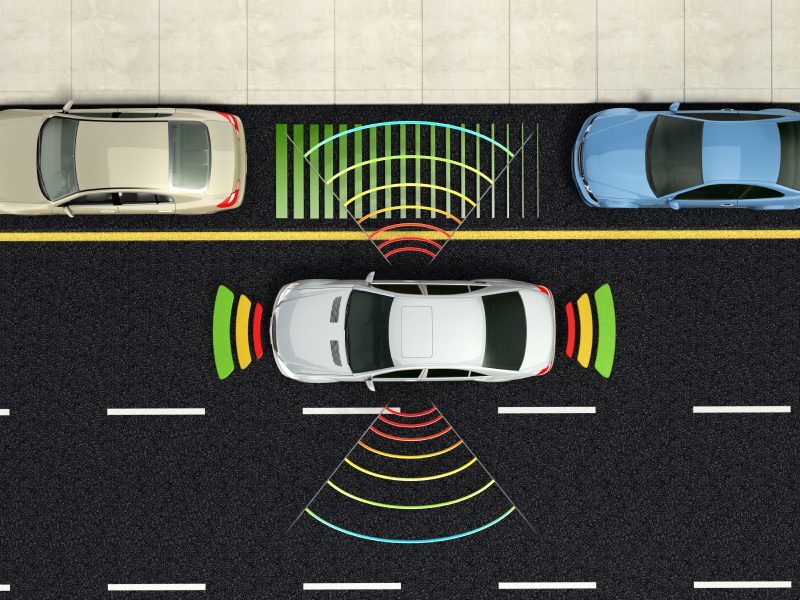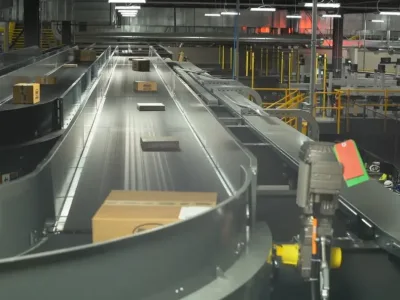
What’s your definition of ‘autonomous’ car?
He said, "My idea of the autonomous car is sleeping in the backseat" while the car does the driving.
If that’s what a truly autonomous car is, which by the way makes total sense to me, it will be a very long time before the automotive industry gets that far. After all, as Patton put it, "If that’s the definition, the autonomous car has to work all the time, every time and 100 percent."

(Source: Daimler)
The crux of the issue seems to me in autonomous cars that are defined as Level 3. NHTHSA says that’s "when the driver can fully cede control of all safety-critical functions in certain conditions." But it also says, at Level 3, "The car senses when conditions require the driver to retake control and provides a ‘sufficiently comfortable transition time’ for the driver to do so."
Now, that’s worrying. How much time is enough to for a driver – who might not have been paying attention to driving for more than 30 minutes — to smoothly retake control?
Any span less than 10 seconds renders the autonomous a potential "death trap," as one of EE Times readers recently commented. Continental’s senior vice president Ralf Lenninger believes the handover needs at least 18 seconds.
Lars Reger, Chief Technology Officer of NXP Automotive, in contrast, said, "No, that won’t happen. When the car senses it can’t handle the situation, it will drive itself to a curb – in a safe place."
Add to these concerns the issue of Human-Machine Interface (HMI). The consensus among attendees at the ITS World Congress was that the HMI will become the next-generation safety battleground for cars of the future. After all, in the course of connected and automated driving, a driver has to come back into the loop at some point.
Patton said, "By 2019, it’s been reported that Apple is coming into the automotive market. Now, that scares everyone [here], because Apple is pretty good at HMI."
Jacob Bangsgaard, Federation Internationale de l’Automobile, pointed out in the panel, "how to train a driver and how to inform a driver about any changes happening on the road" as two key issues for connected cars.
Toshio Yokoyama, senior chief engineer, working at Honda’s Technology Development Dept. 12, came to the panel with his own list of unsettled issues on connected and automated driving. They include: liability, reliability, consumers’ acceptance of robot cars, and safety.
EE Times will offer you a special radio show specifically focused on the autonomous cars at 10:00 AM Pacific on Oct. 26th. I will be your host.
Our guests for this radio show include:
-Adrian Koh
Director, Business Development at NXP Semiconductors USA, Inc.
-Mark C. Boyadjis
Senior Analyst & Manager at IHS Automotive
-Sarah Palodichuk
Researcher, J.D. at the University of Minnesota, focuses on privacy and criminal liability issues within the field of transportation.
Entitled “Intended and Unintended Consequences of Autonomous Cars,” we ask our guests what we must learn before machines and humans can happily co-exist on Route 66. Our questions include:
What technologies are needed (what’s still missing?)
What happens when an autonomous car gets into an accident (who is liable?)
Whether consumers trust carmakers and accept such a liability premise
And how reliable are autonomous cars, often billed as accident-free cars?
Before tuning into the radio show, please register here.
— Junko Yoshida, Chief International Correspondent, EE Times
 If you enjoyed this article, you will like the following ones: don't miss them by subscribing to :
eeNews on Google News
If you enjoyed this article, you will like the following ones: don't miss them by subscribing to :
eeNews on Google News




